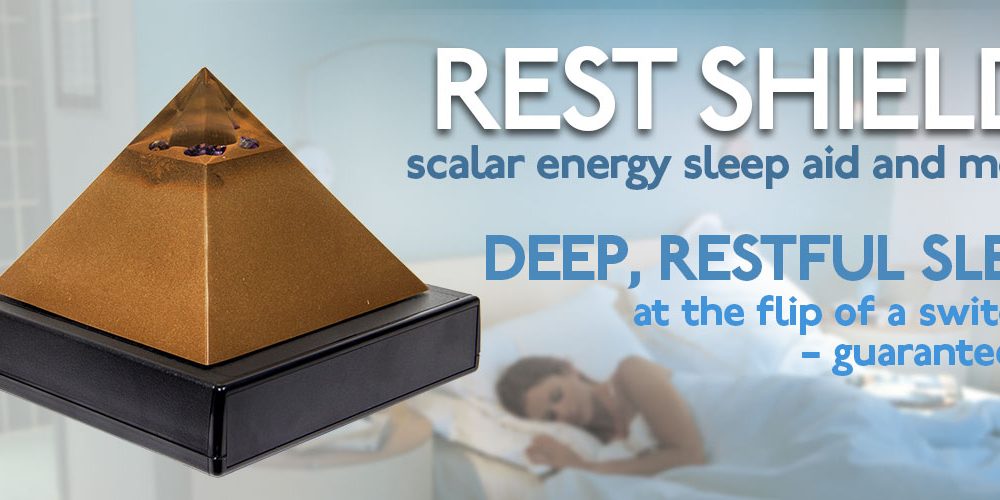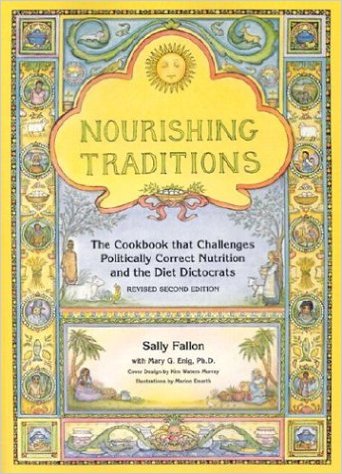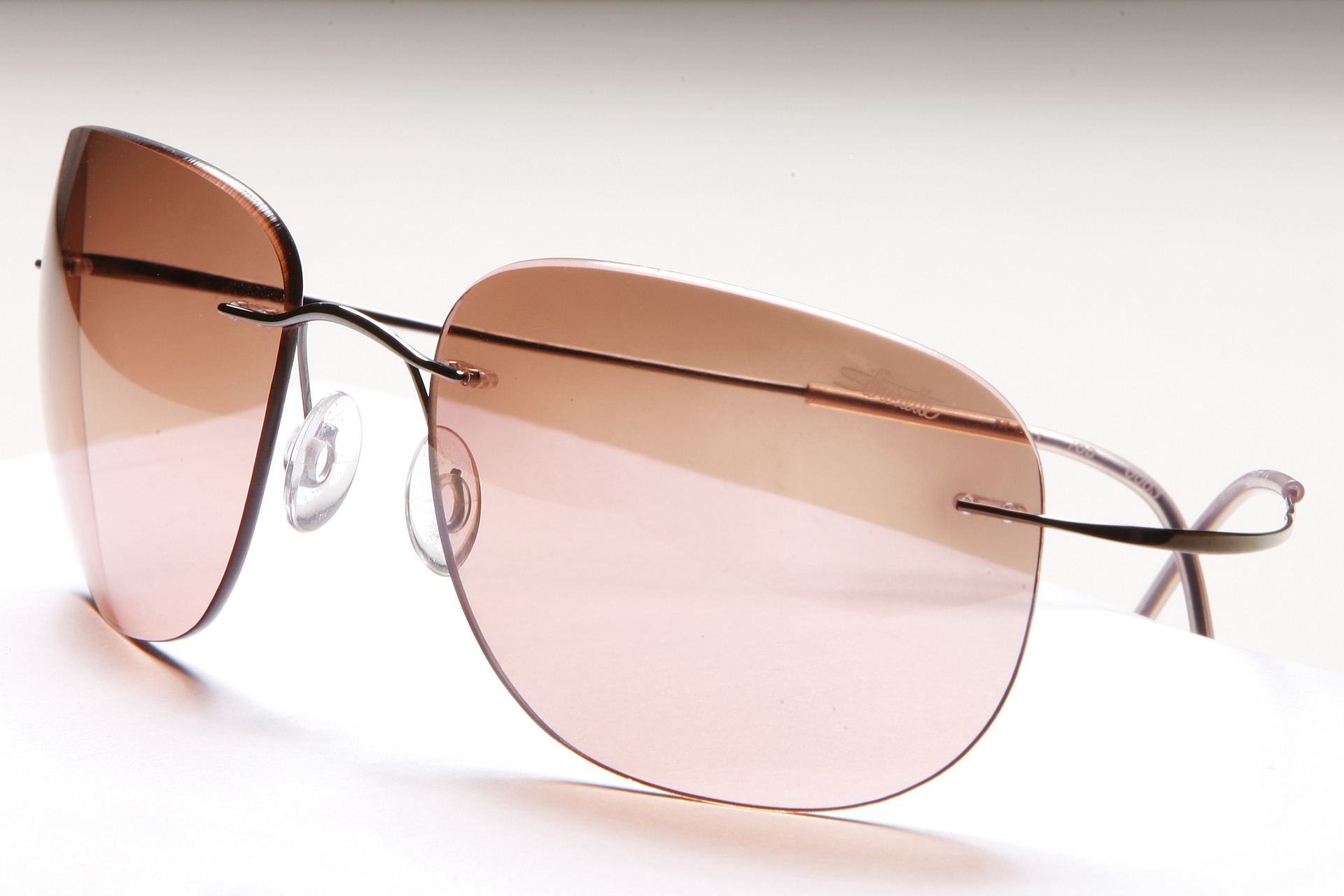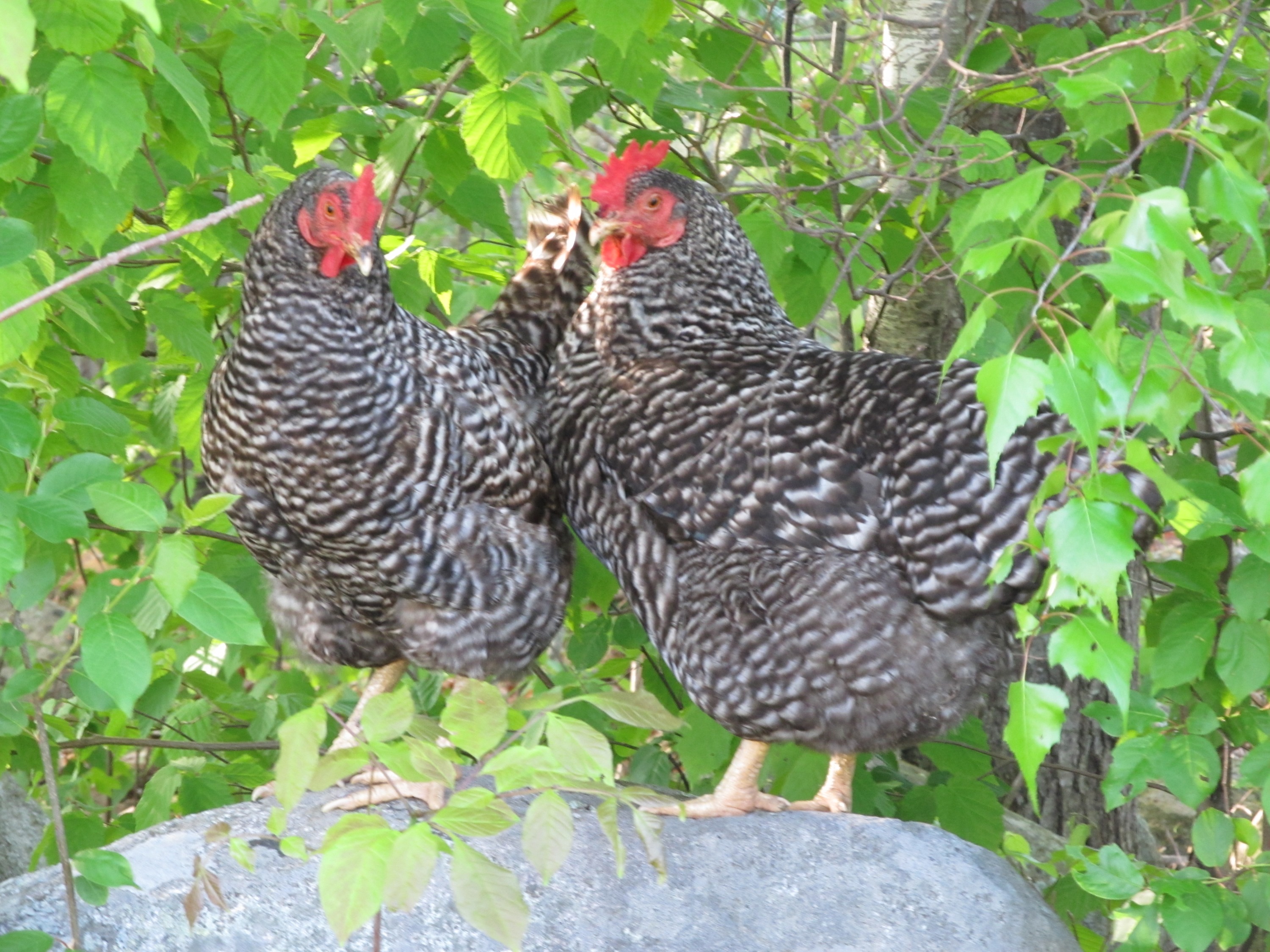The Genius is an Amazing Quantum Biofeedback App
The Genius is a quantum biofeedback technology app that gives us the ability to test in many different areas based on both our voice and picture. We can learn about ourselves on an energetic level. The Genius helps give us the information we need to give us an edge on life and help our bodies. Watch this YouTube video to see how The Genius works, then use my referral link to get a free, 14-day trial! (Health Professionals: You’ll want to have this tool in your toolbox!)
Get a Free Scan Via The Genius
Get a free scan and frequencies to run yourself. Using The Genius and the Insight Quanta App, I’ll scan your body and/or your home. I can then send frequencies that you can run yourself. Download a 14-day free trial of the Insight Quanta Capsule App. After you start your 14-day trial by downloading the app and filling out your profile, you can immediately run the 9 free Solfeggio tones, and the free Chakra frequencies. After your 14-day free trial, you can purchase the Capsule. Fill out the contact form on my Genius Balancing Website to get more information about the Insight Quanta App and to learn how you can purchase it at a discount. Once you purchase the app, you’ll have it for life. Contact me for a free scan!







